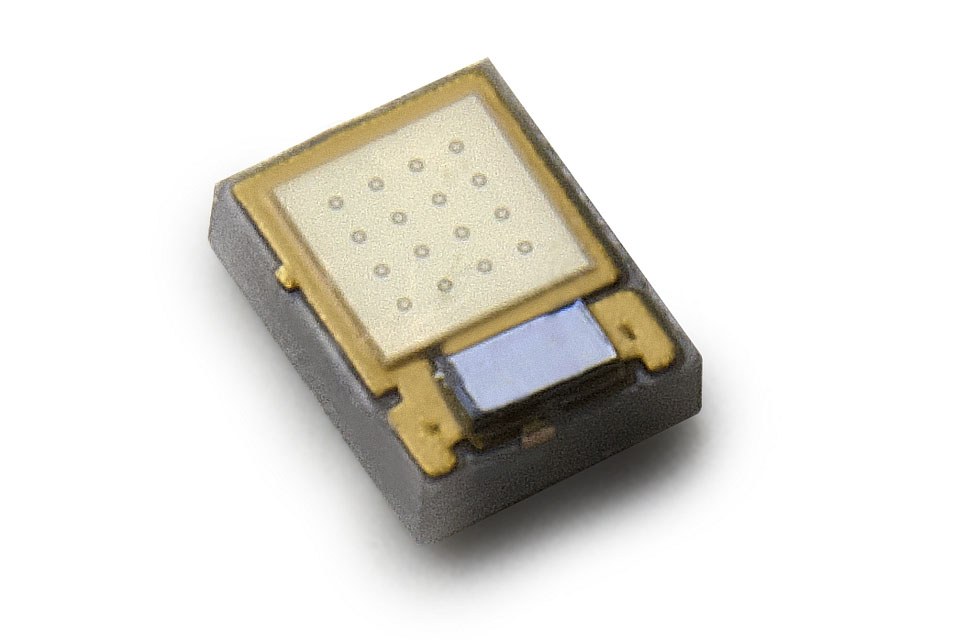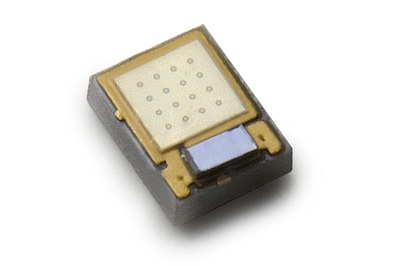Evolving LED Package Designs Provide a New Level of Luminaire Performance and Design Flexibility
The entertainment lighting market was one of the early adopters of LED technology - initially used as accent lighting, LED-based solutions are now used throughout the market, across a variety of applications. The on-going adoption of LEDs in this market has been driven by a number of factors (e.g. increasing output, efficiency, color offerings and cost improvements) but one aspect that has had a particularly positive impact has been the evolution and diversity of LED packages. The question is “What is the next LED package design?” and “What will it enable for new applications and performance?”
LED devices provide a robust, directional light source that fixture designers have been able to apply to a number of entertainment lighting applications. Originally, most LED-based fixtures utilized what is commonly known as 5 mm packages. This package supported a variety of beam control options and enabling some of the first wash and LED video display solutions. But as designers targeted more mainstream, higher output applications higher power (1 Watt) devices were used and LED PAR and linear border lights. The market continued to evolve and the need for better beam control, color uniformity, broader gamut support started to challenge the LED device package designs where lumen density and color variety created the need for multi-chip, multi-color packages.
So back to the first question: “What is the next LED package design?” When you poll the market to understand what features they want to deliver with the next generation entertainment fixtures you hear comments like “Higher output, single point color changing, broader color gamut as well as a collimated output.” Delivering any one feature is fairly straight forward with conventional device technology but when you begin to combine these requirements into a single system requirement, things get challenging.
Consider “single point color changing,” this means that the perceived point where the color changing occurs is a single point. Present system architecture address this with multi-chip, multi-color LED devices. Traditionally these are 2x2 configurations of die that can be run at 2-3 watts per die. This package architecture is limited in that you can only support up to four separate colors (one color per die) and the perceived source size based on the die spacing and primary optics can be large. These systems are typically built around but delivering all three features presents many challenges. To achieve higher output you have to have multiple sources and due to package and optics size the spacing between each source/optic sub-system can be on the order of 1-2 inches center to center which for higher output systems does not support the original goal of having a single point of color change. Add on the other needs, broader gamut support and collimated output the system easily becomes more complex.
The LED package solutions in the market now become a limiting factor as designers strive to deliver on these new requirements. The package options evolving in the market typically push to scale up the package adding either more die or increasing the size of the die itself. This can address the needs but the packaging becomes very specialized and potentially costly. And in as much as the entertainment lighting market is less sensitive about price as the consumer or commercial market, the market still looks for cost improvements.
So another option is to look at the needs from more of a building block perspective where you reduce the size and simplify the package so you can closely pack the devices in order to provide high lumen density, provide a broad color offering to support various mixing combinations to achieve broader gamut as well as, coupled with the lumen density, a new level of color density.
Considering the question of “What will it enable for new applications and performance.” This new package architecture will provide designers a new level of design flexibility that from not only a lighting effects standpoint but also from a fixture design and manufacturing flexibility where new designs are just a board lay-out away. This building block approach could support a linear configuration of mixed colors with a color spacing as close as just 2mm. This could provide, from a direct view lighting effects standpoint, a 1 inch color changing segment that can have multiple colors. It could also be coupled with an optic to provide a very granular, color changing wash effect. Another approach would be to densely pack multiple “building blocks” into an array configuration to create a high lumen and color density source that could be coupled to a collimating and mixing optic to provide a single color changing point with a collimated output.
In the end, instead of trying to scale the package to higher outputs and color options which in turn only specializes it, a building block approach provides more flexibility and by staying with a simple, cost effective package, the system cost is not impacted as you scale.
PLease download the original document at http://www.philipslumileds.com/uploads/394/WP18-pdf or visit the LUXEON-Z microsite at http://www.philipslumileds.com/products/luxeon-z


